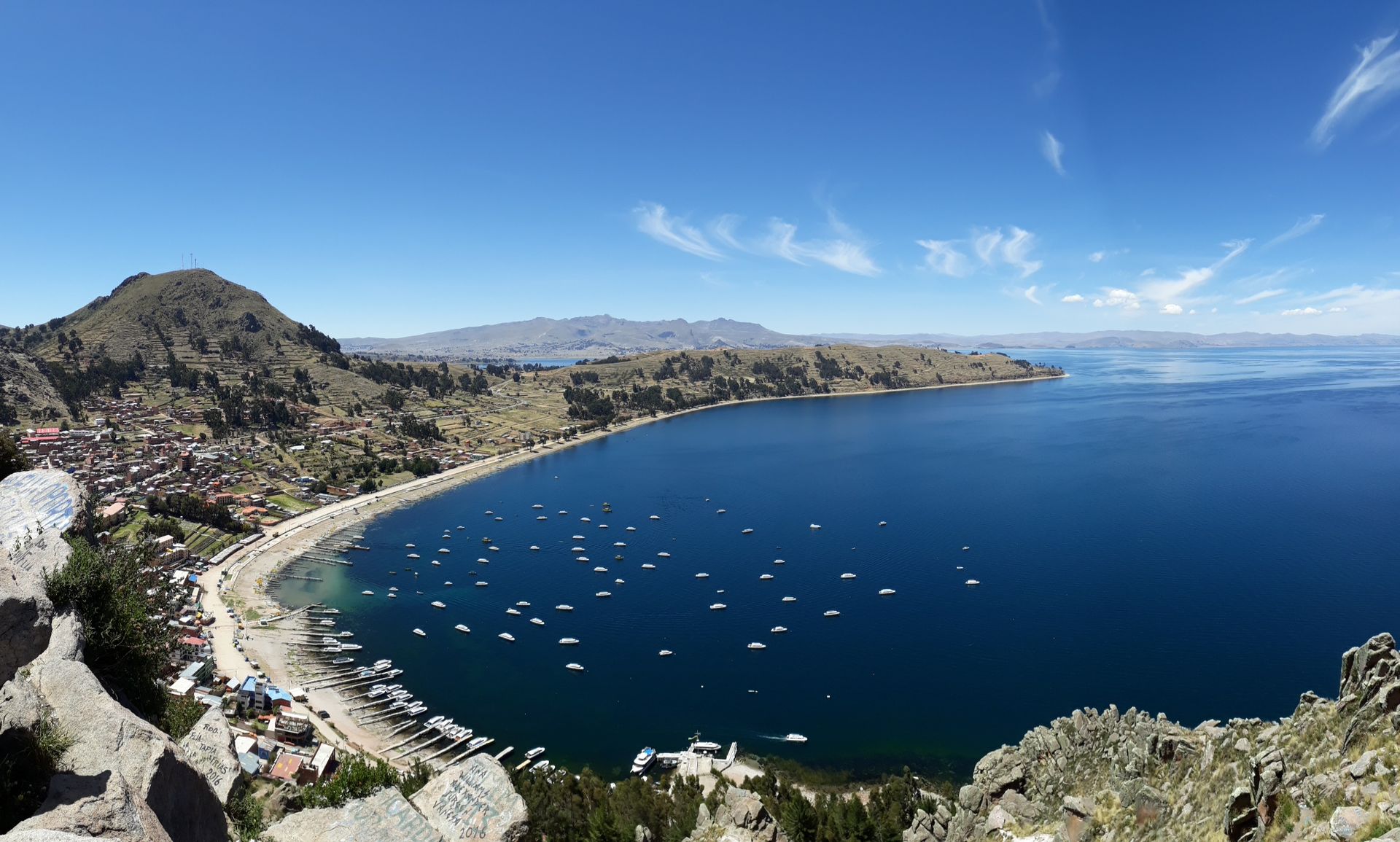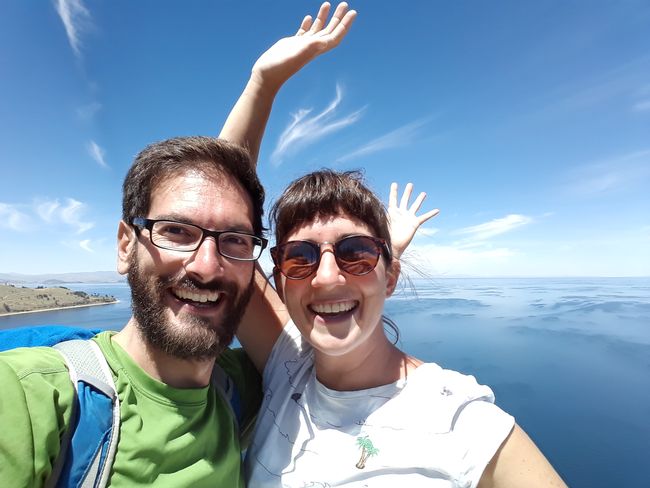From Wellington to Mt. Cook/De Wellington al monte Cook
Pubblicato: 09.04.2017
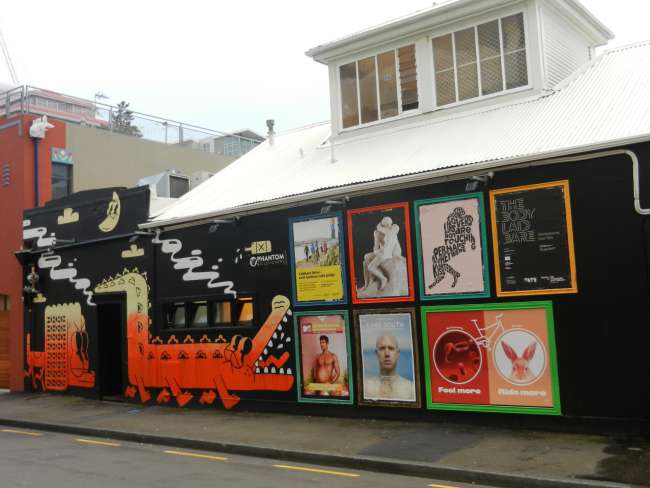
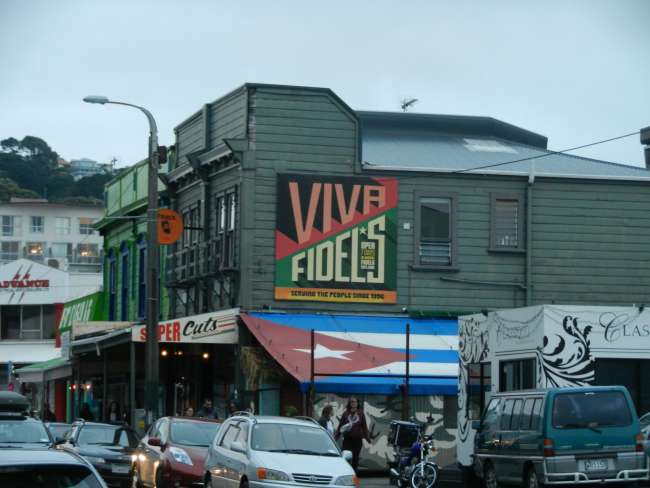
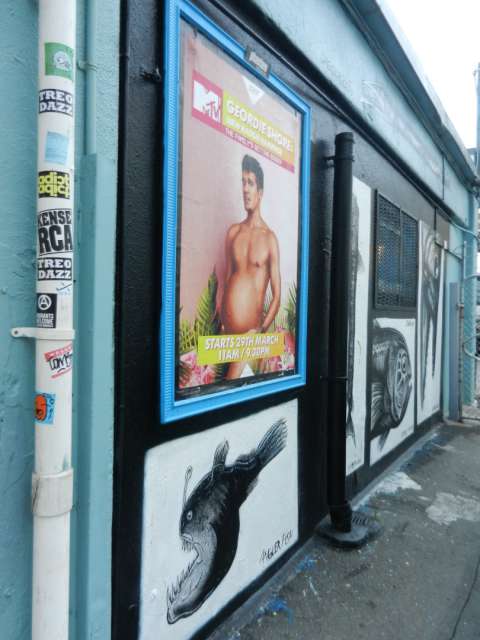
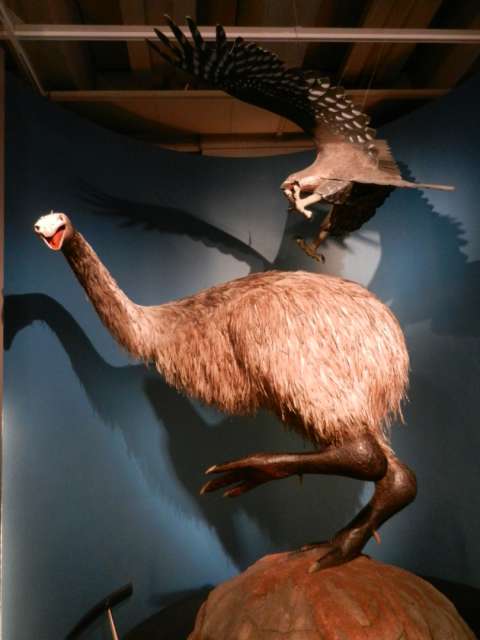
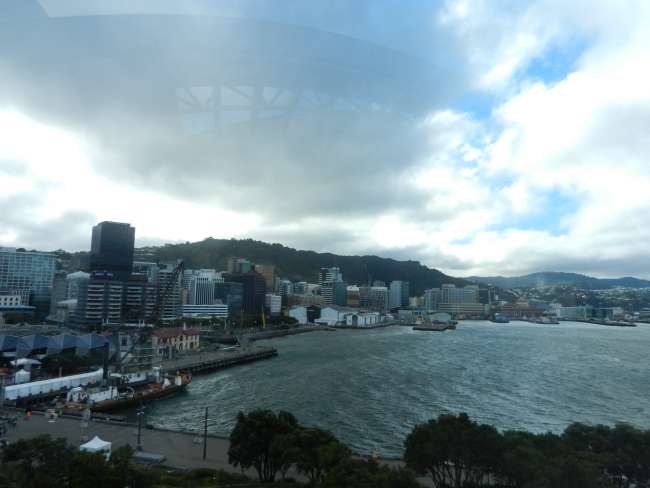
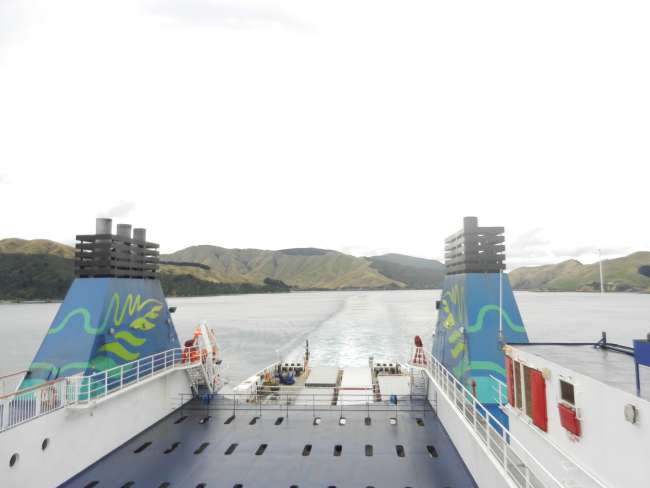

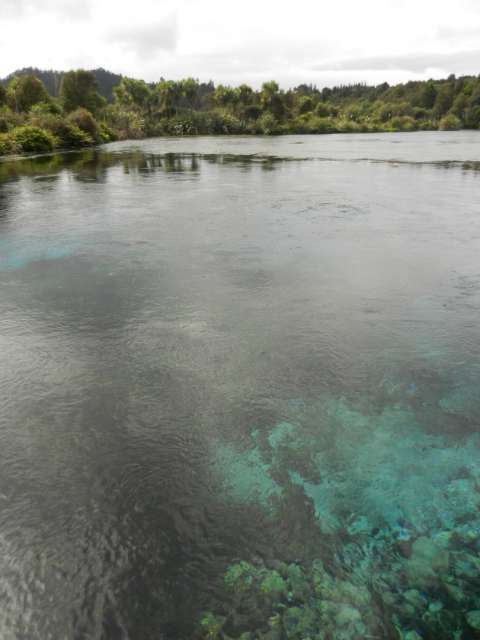
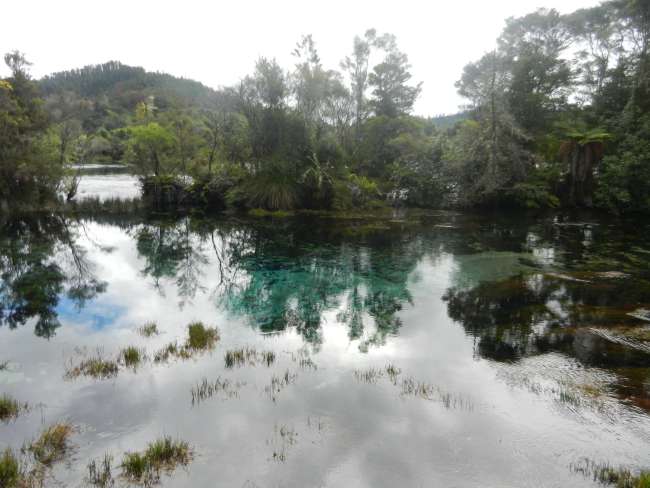
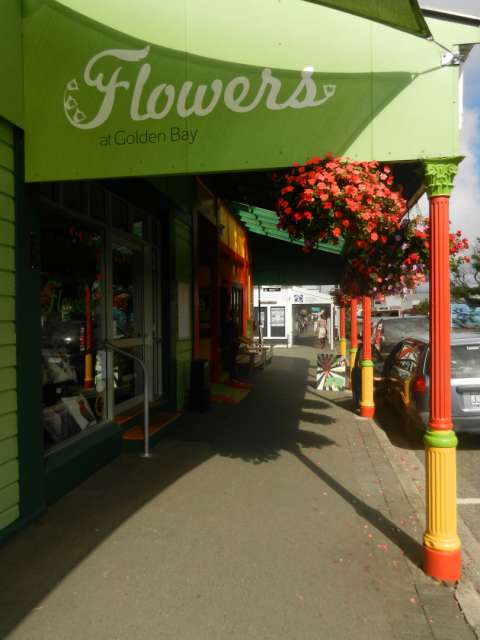
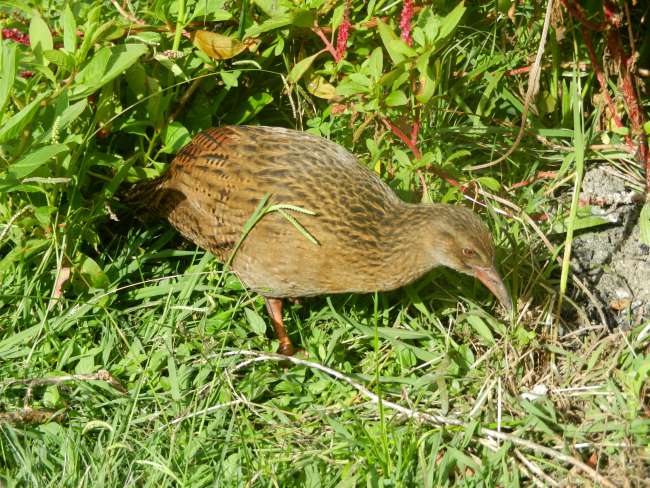
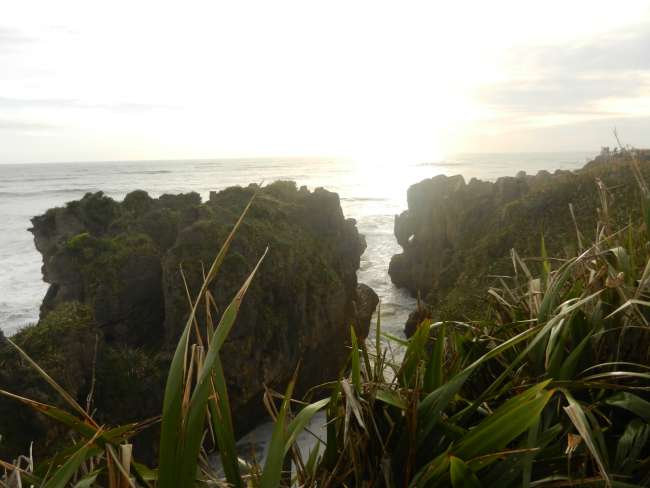
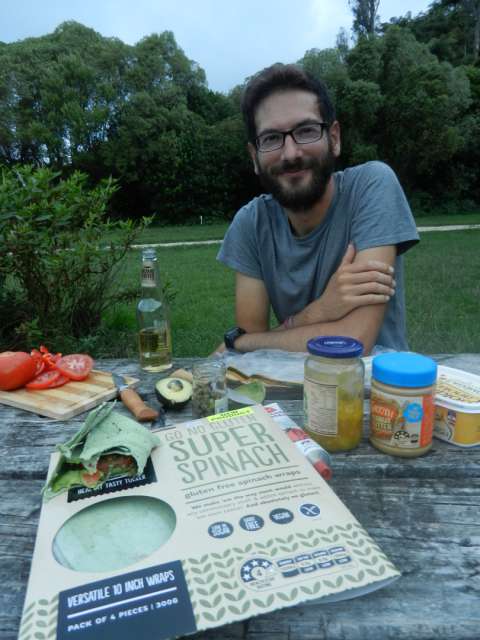
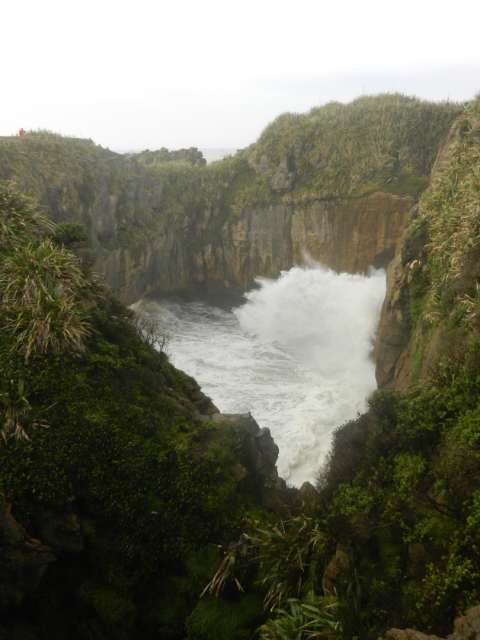
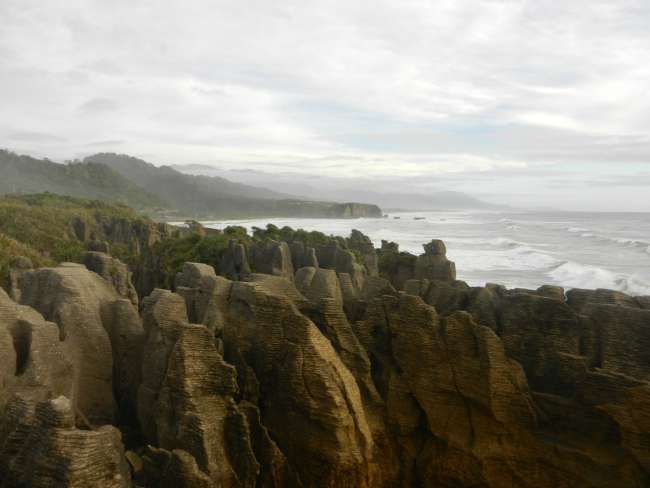
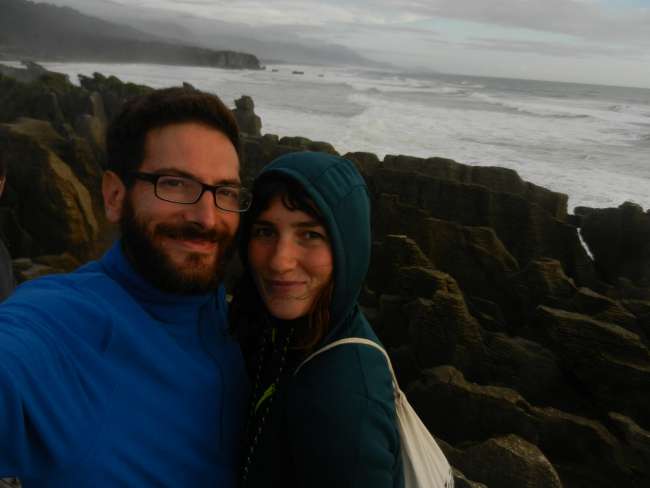
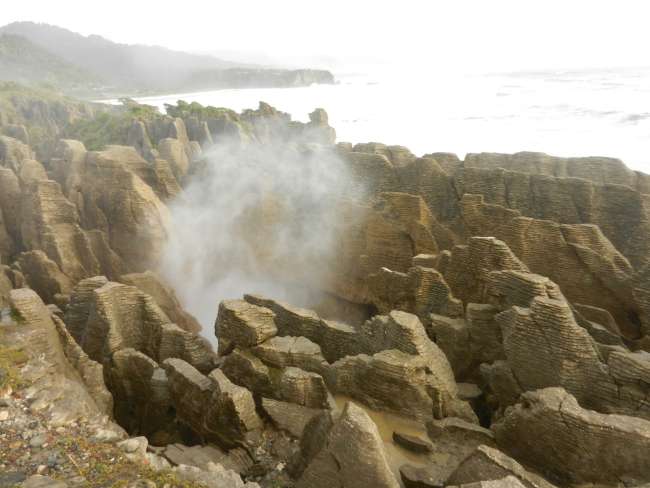
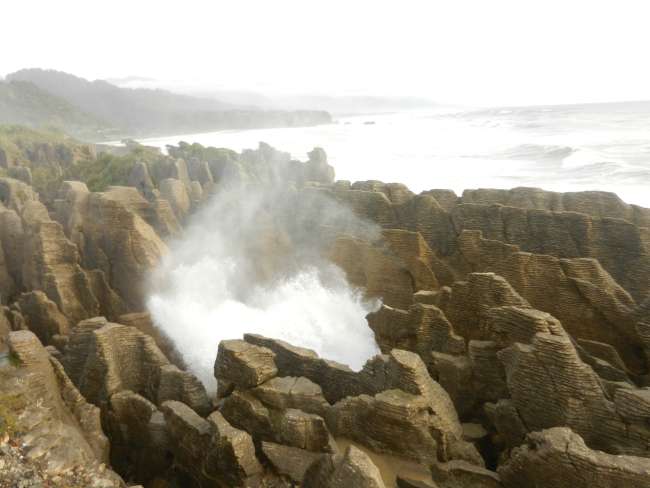
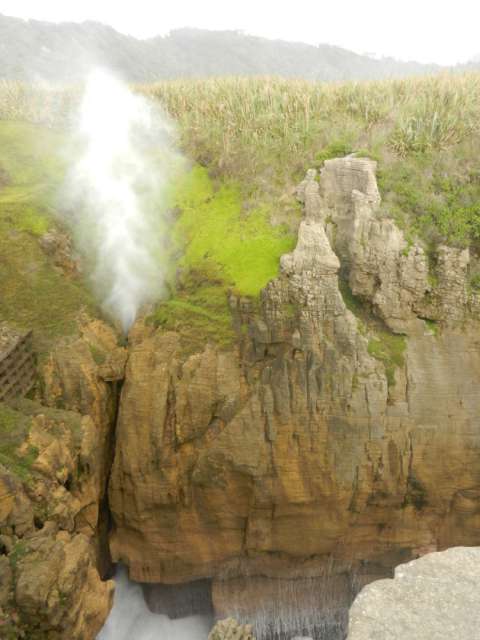
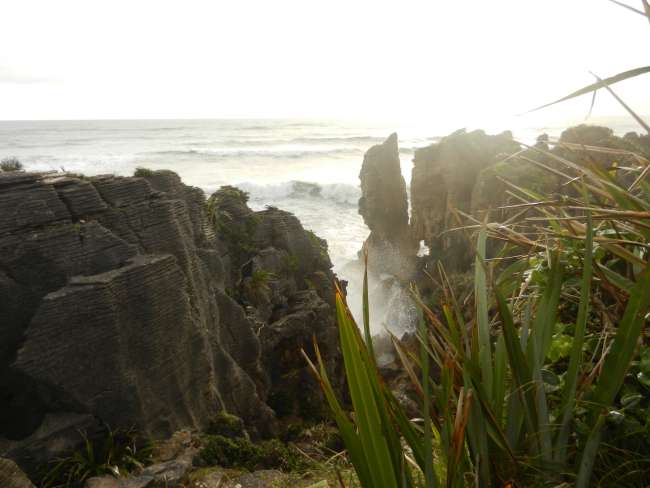
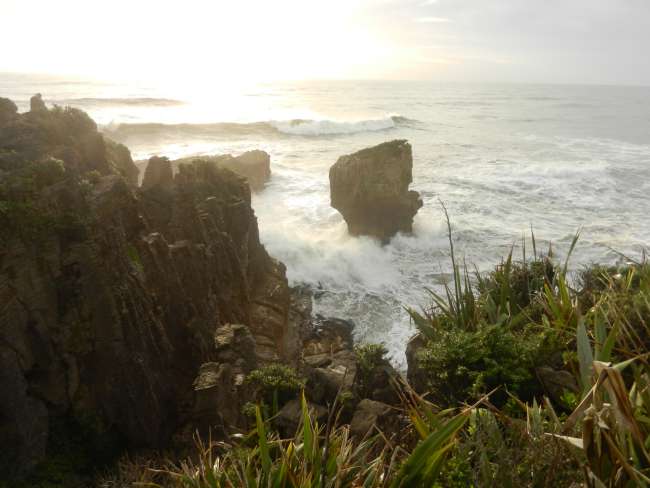
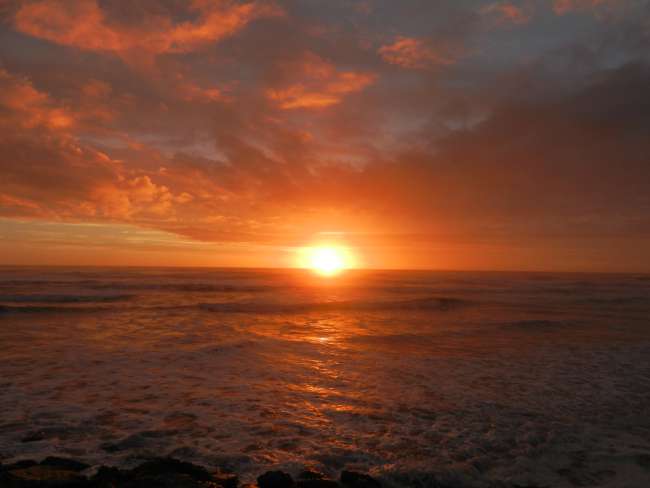
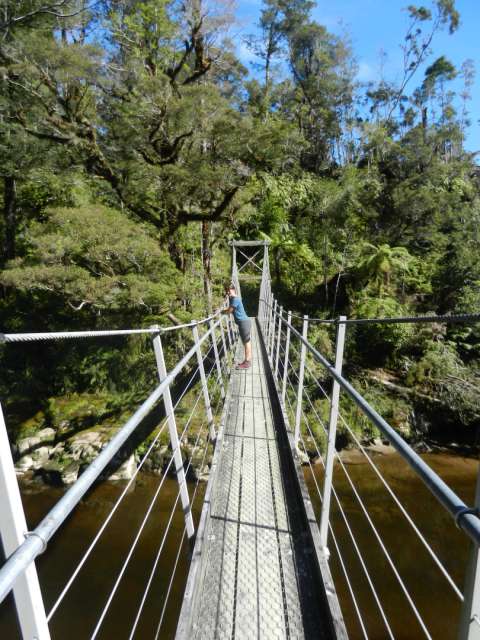
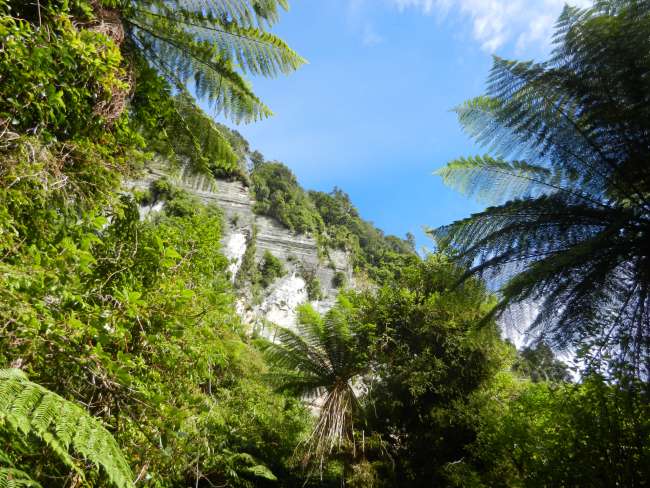
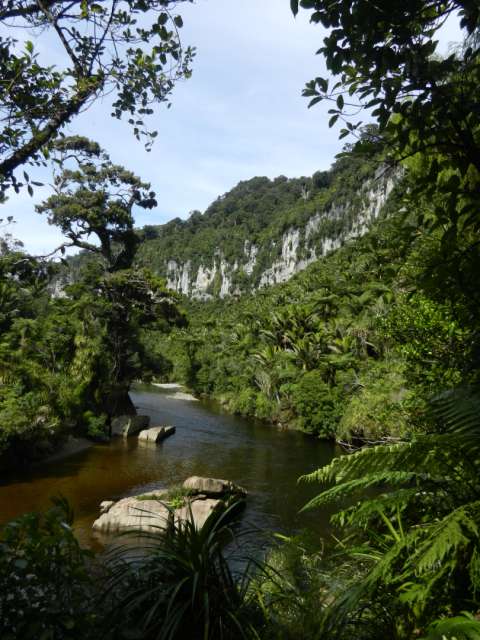
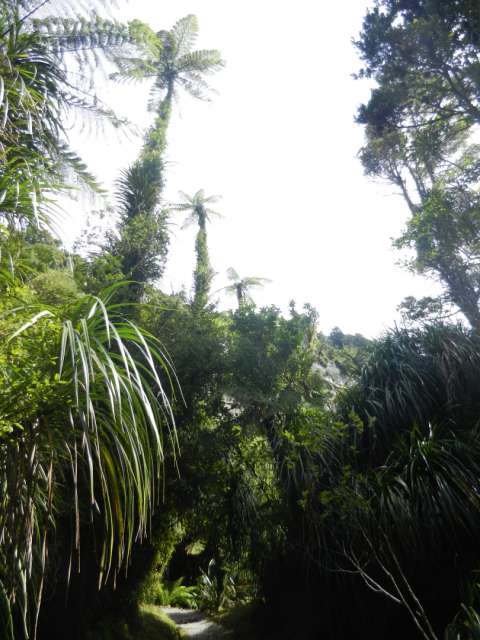
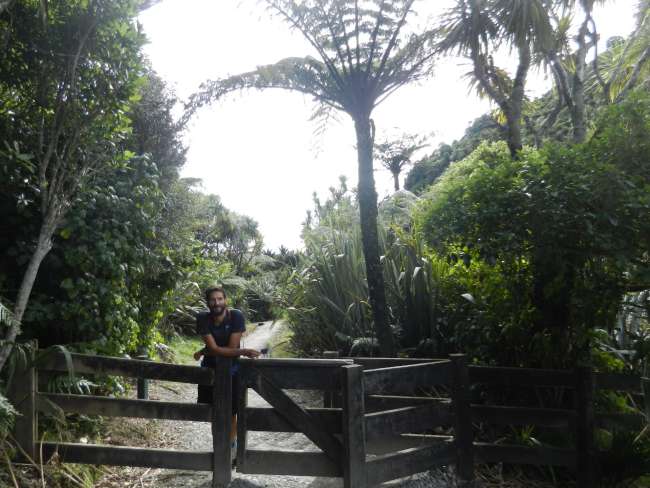
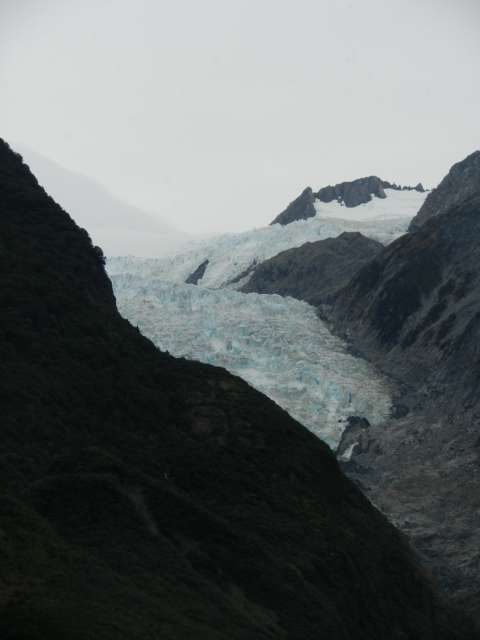
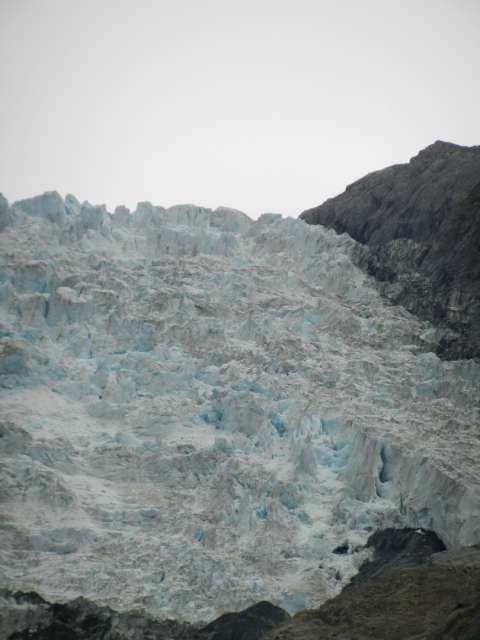
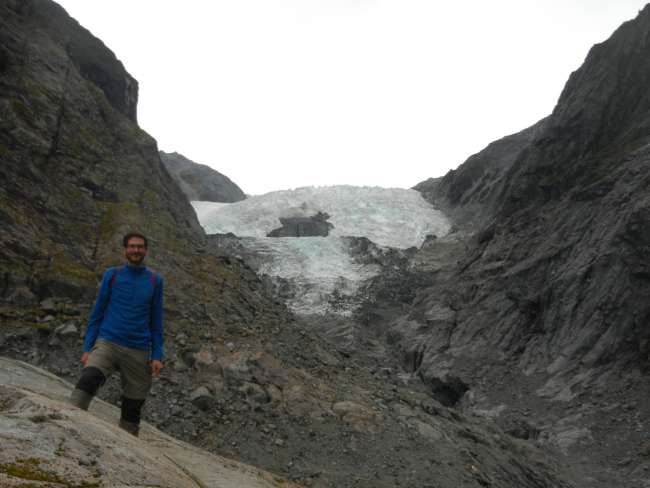
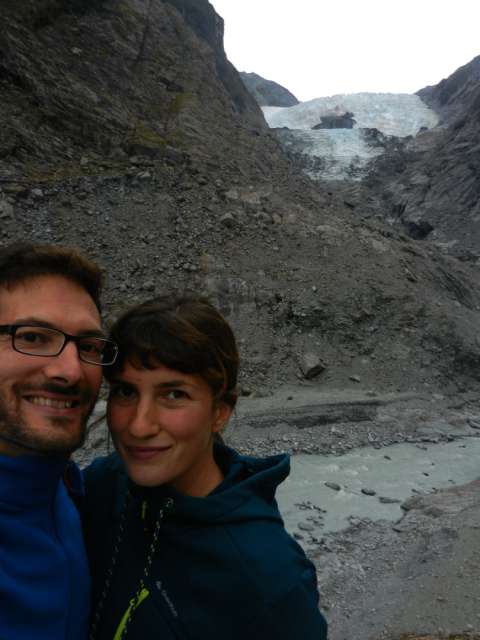
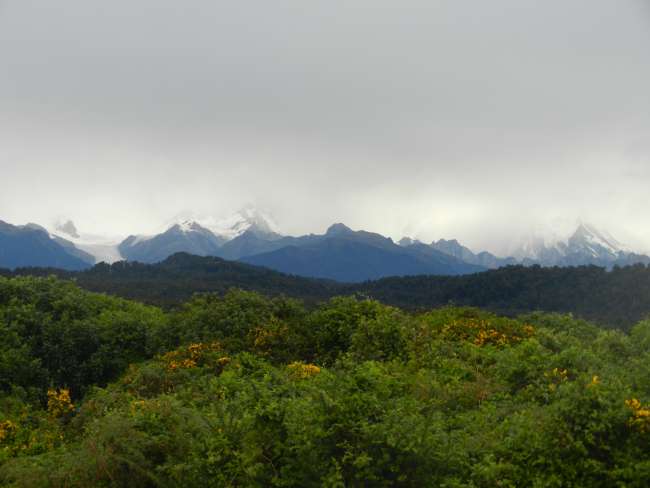
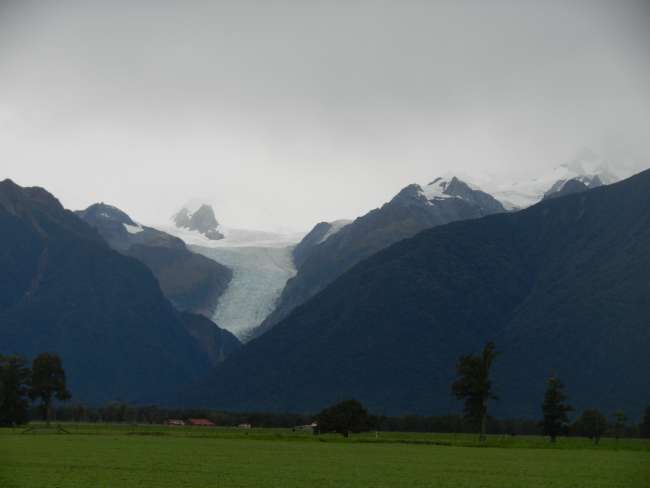
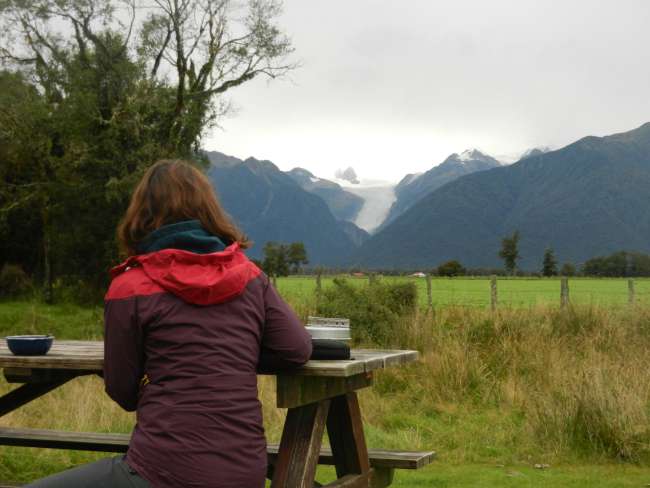
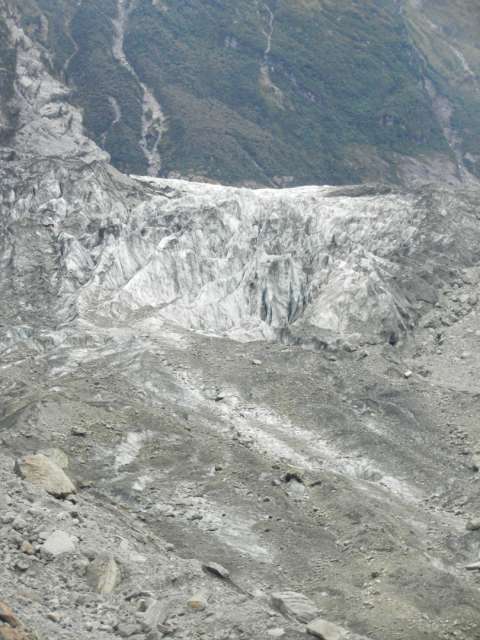
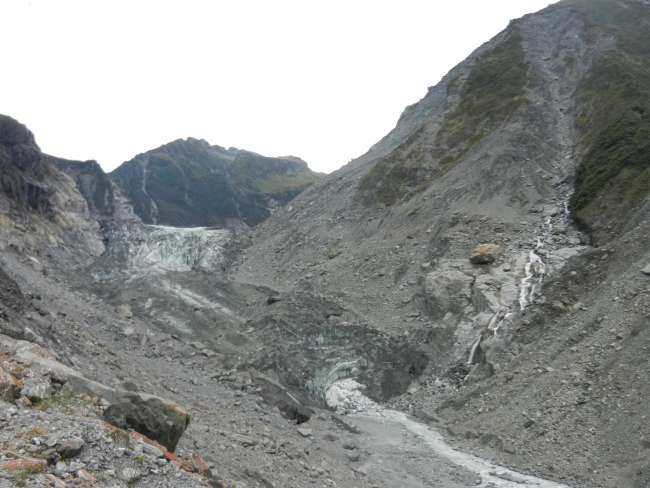
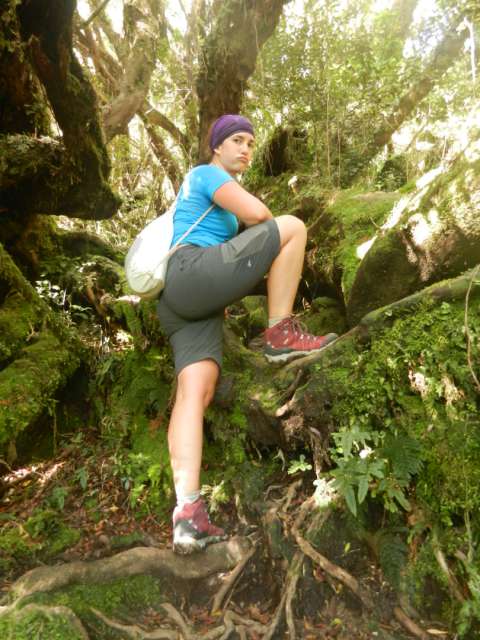
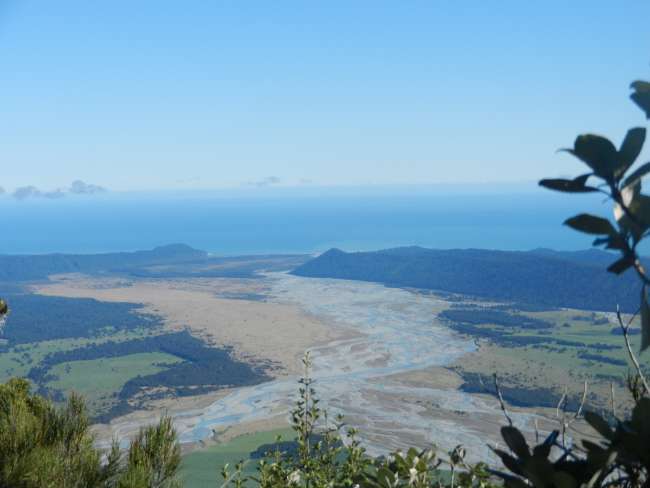
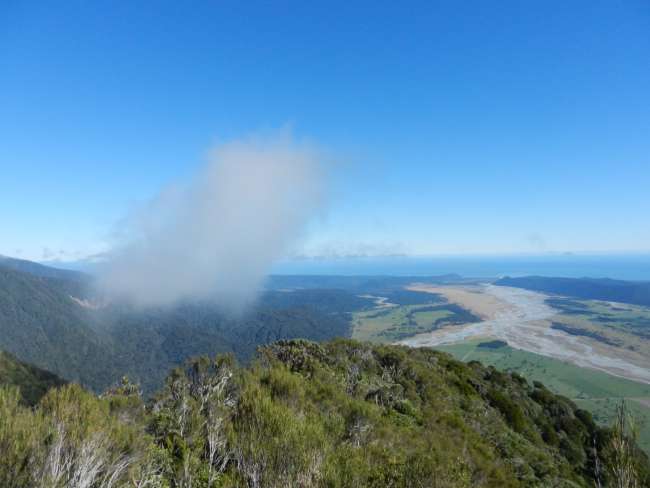
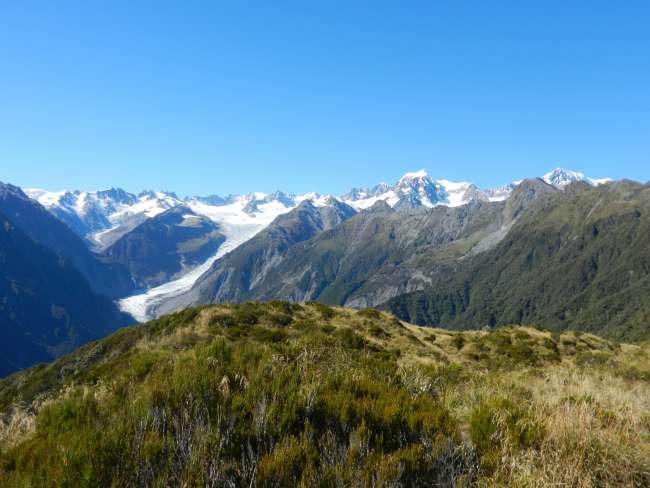

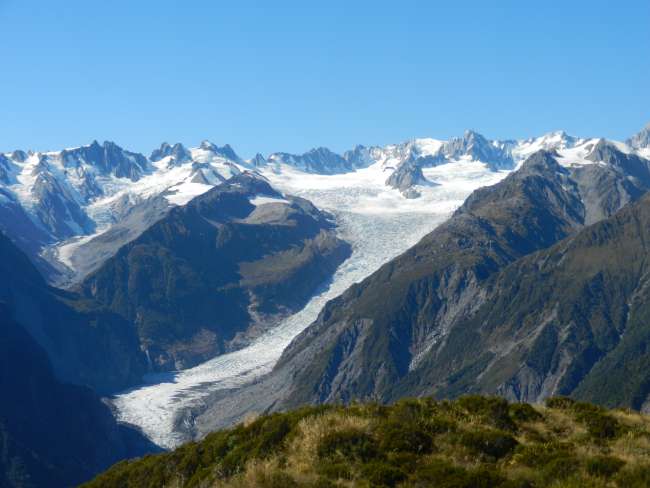

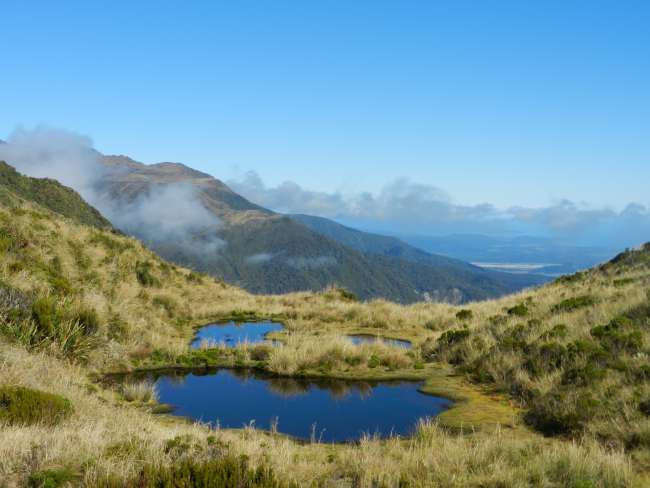
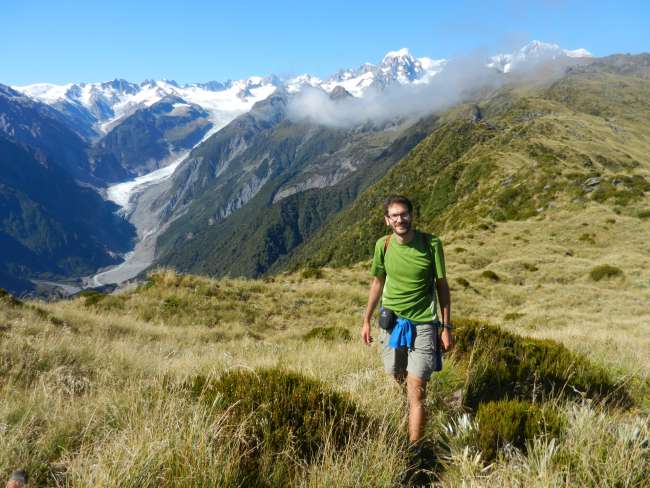
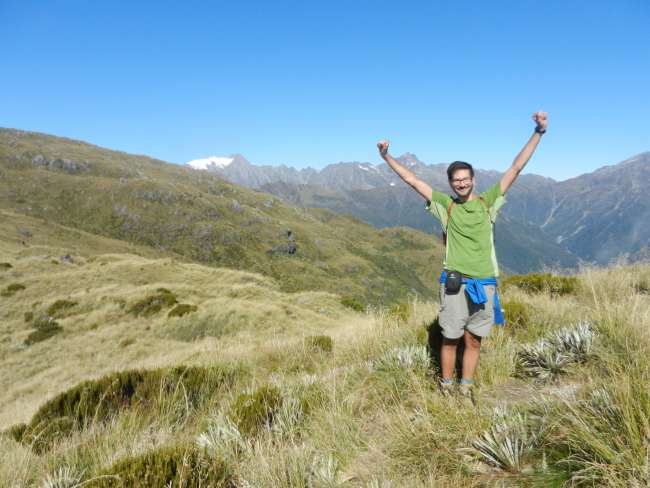
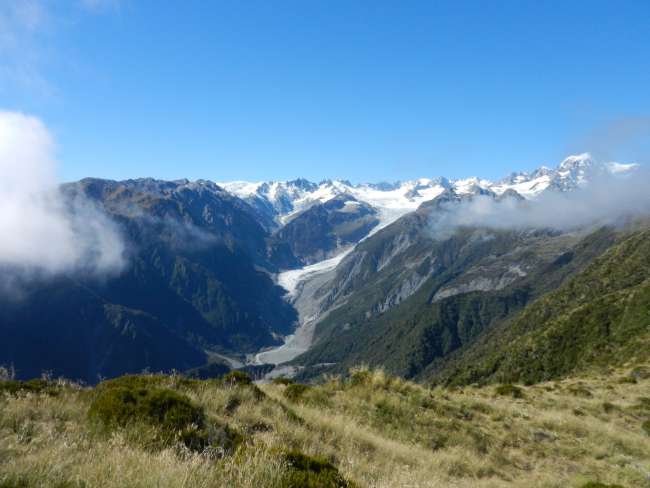
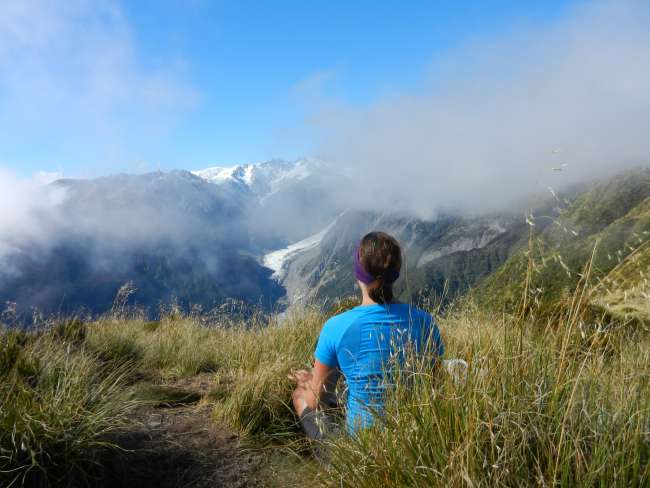
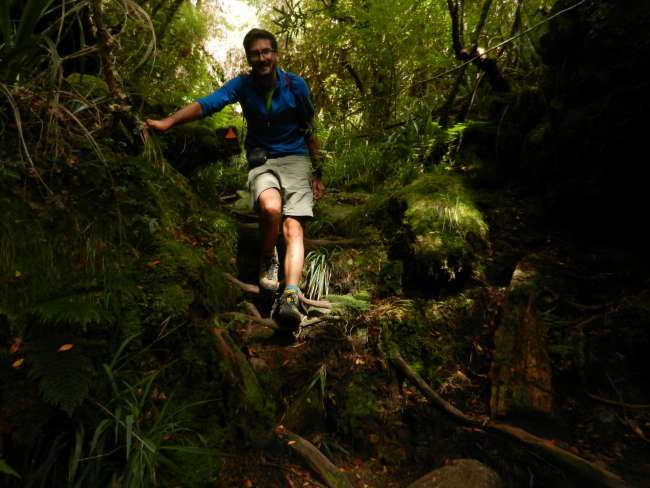
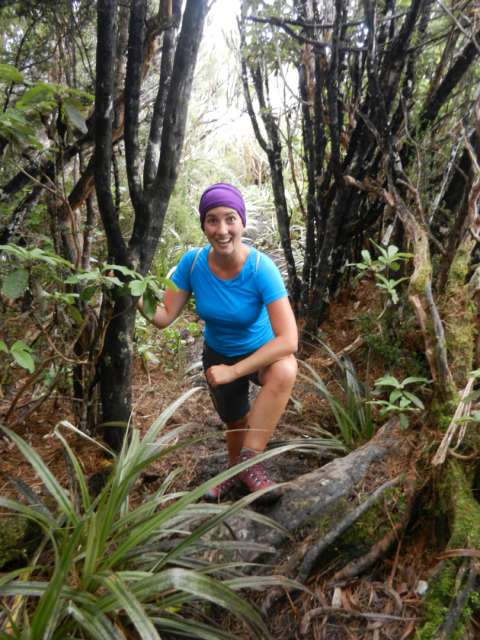

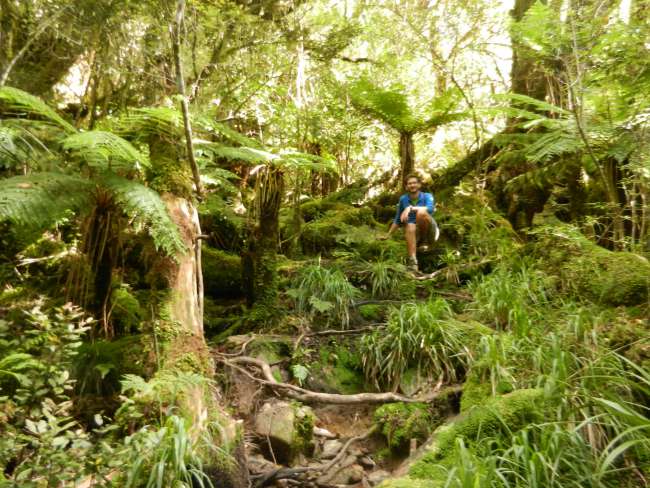
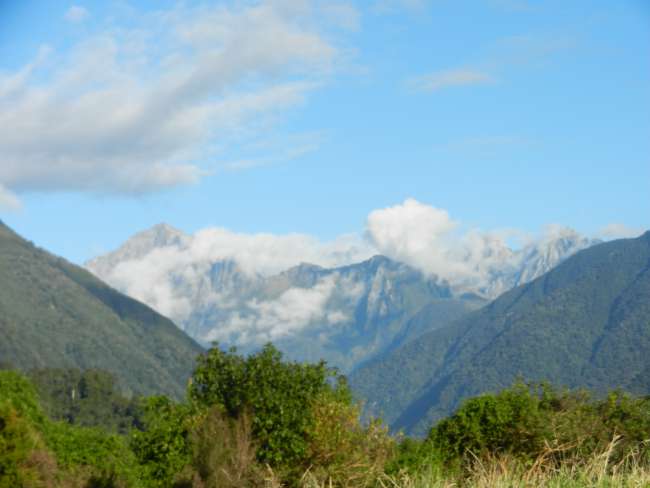
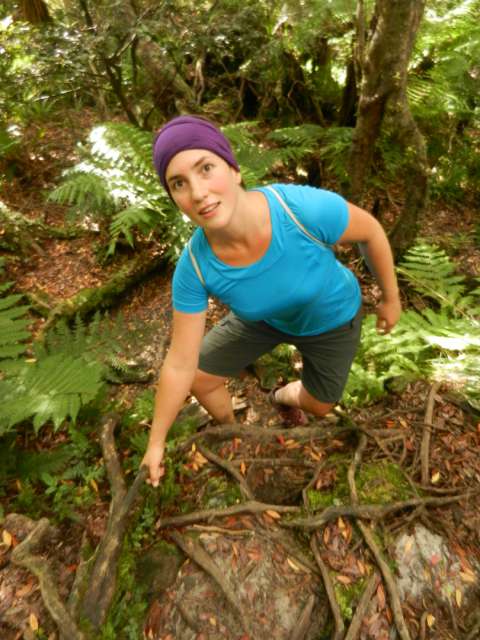
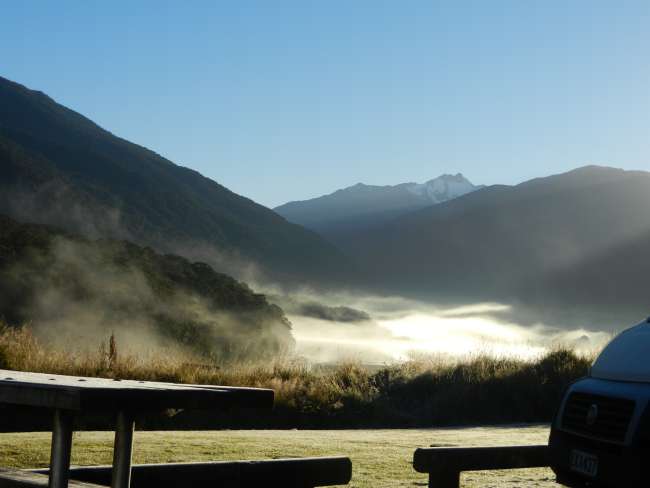

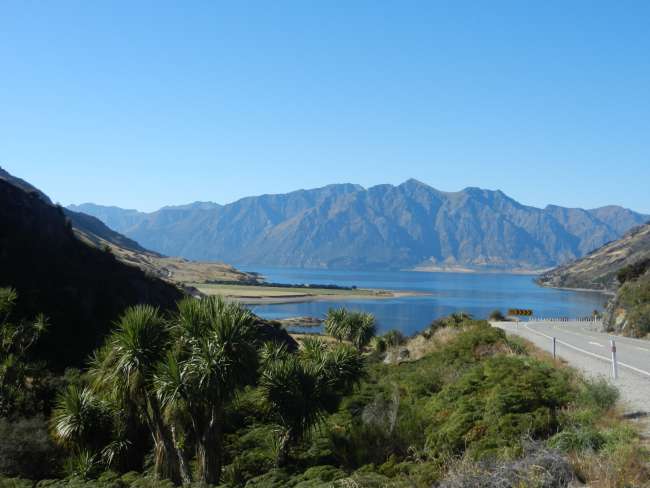
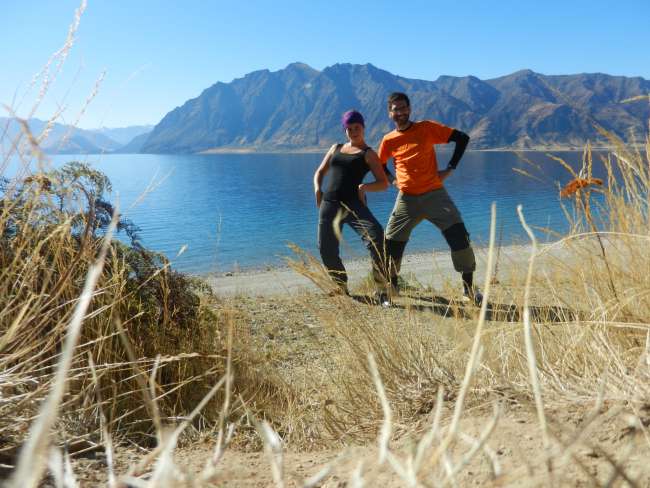
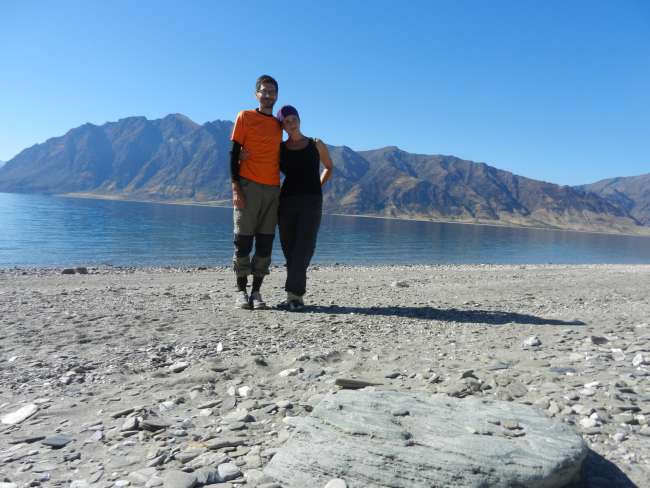
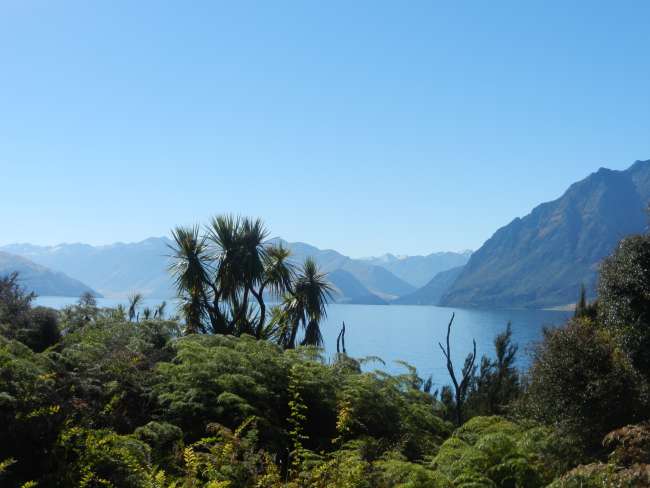

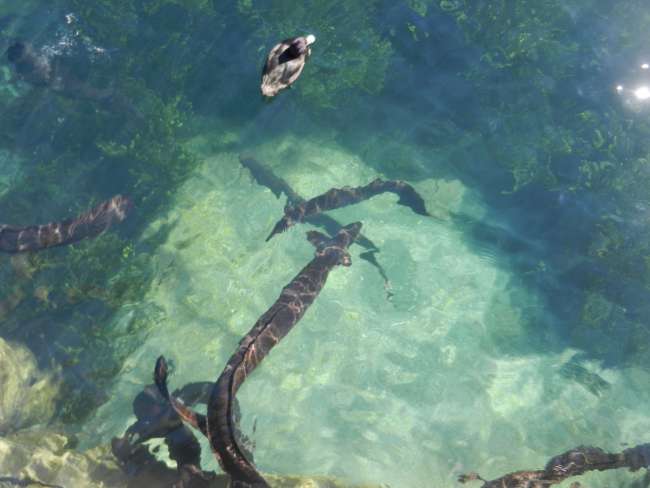
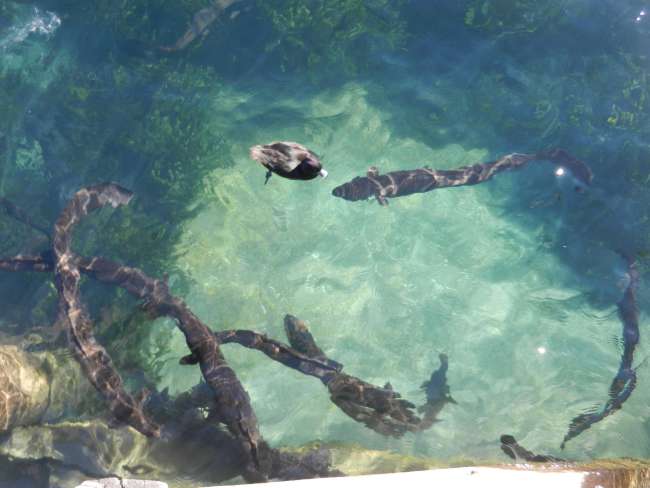
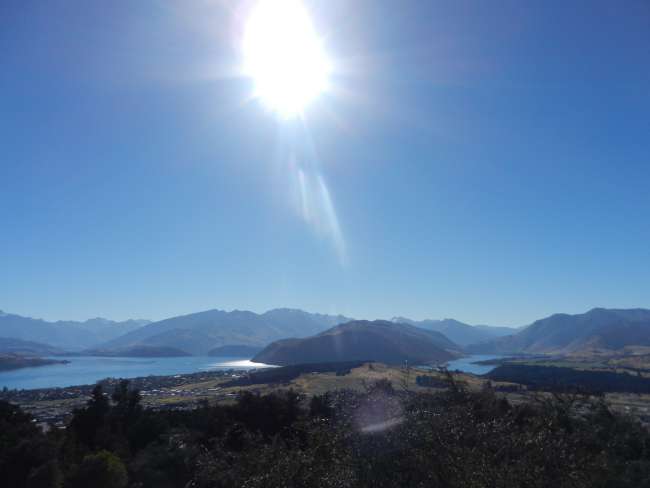
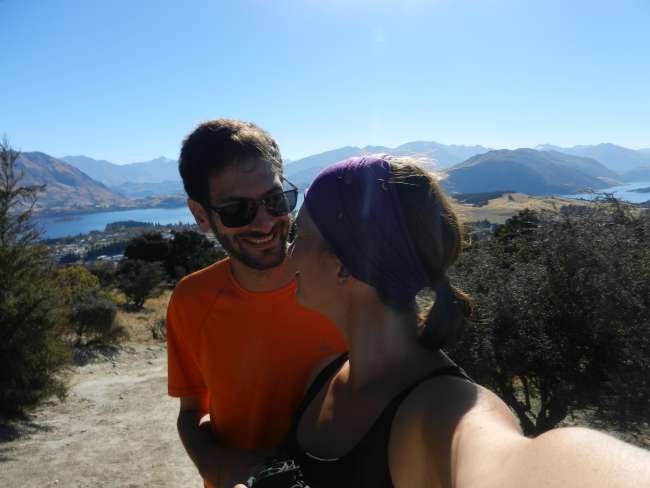
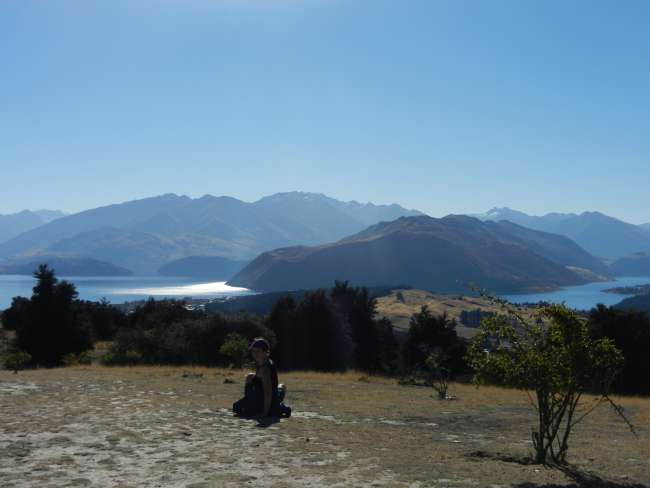
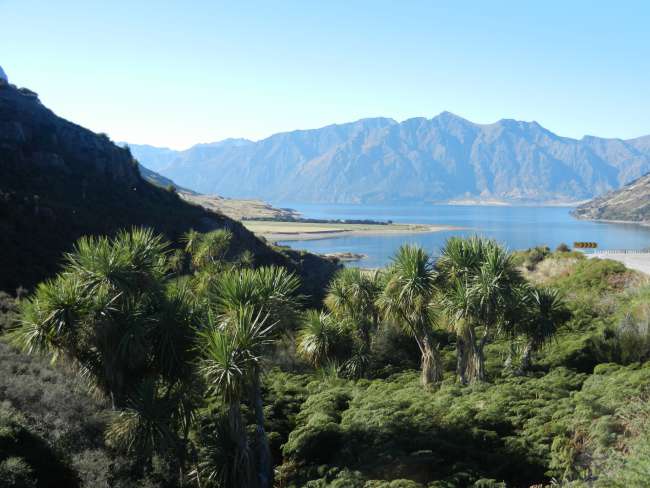
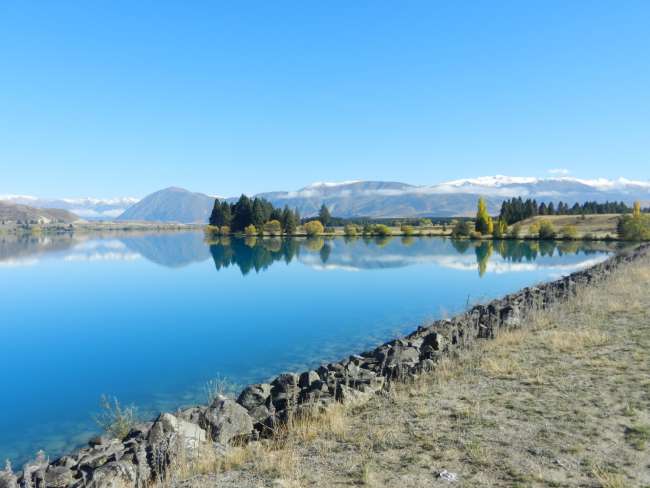
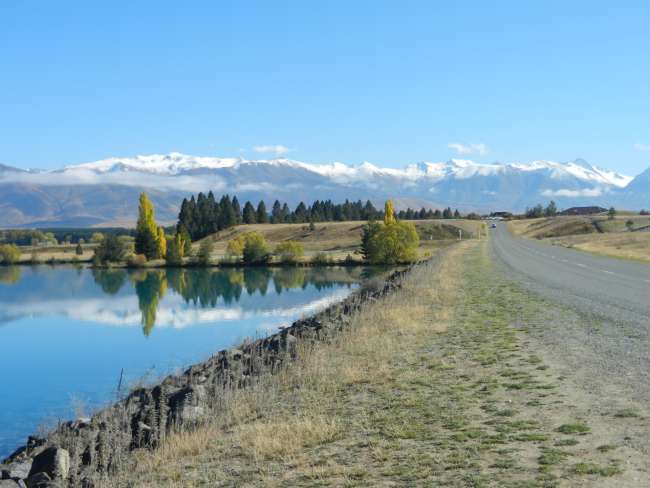
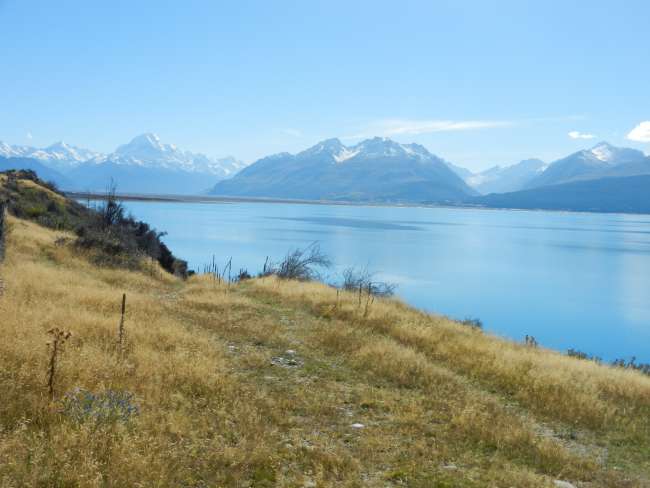
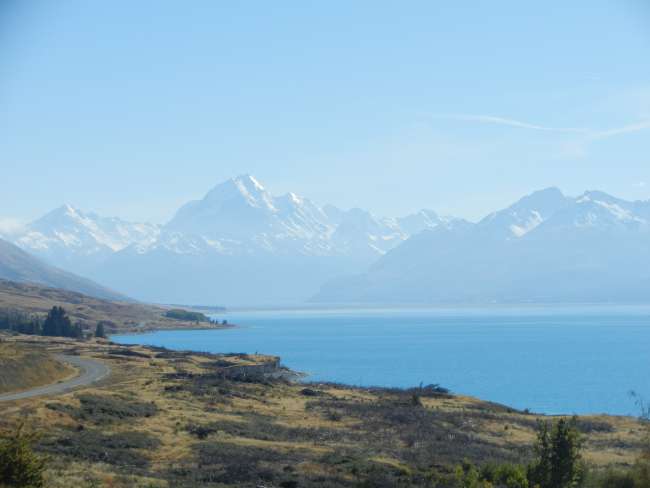

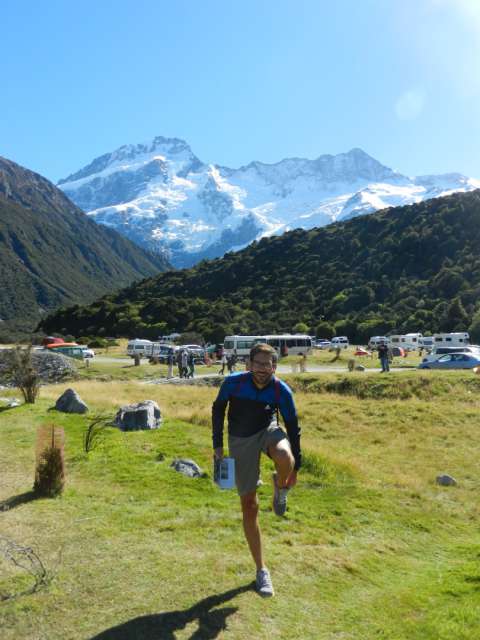
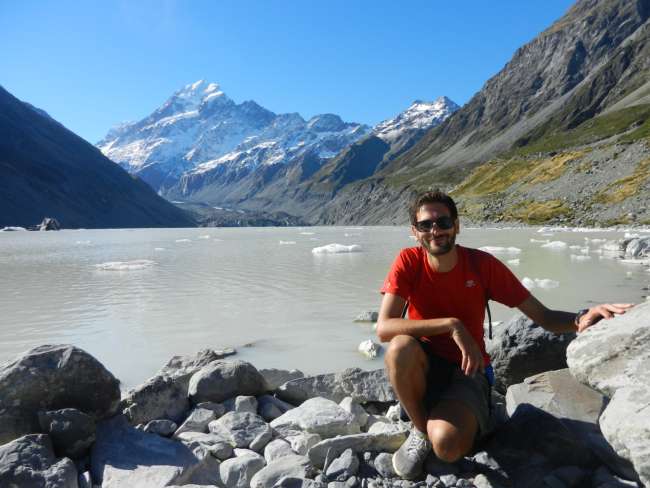
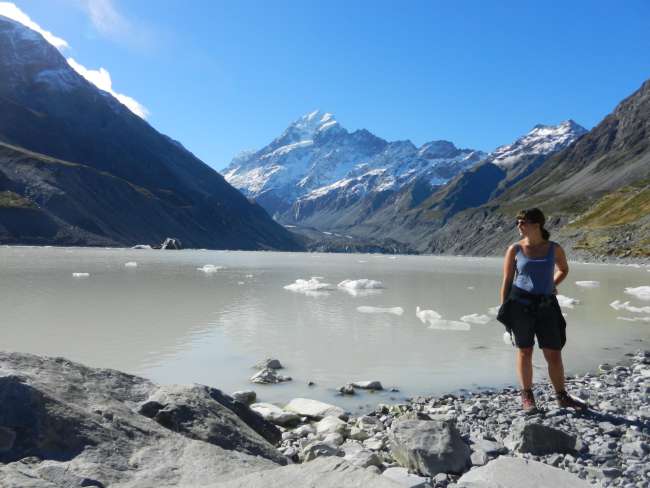
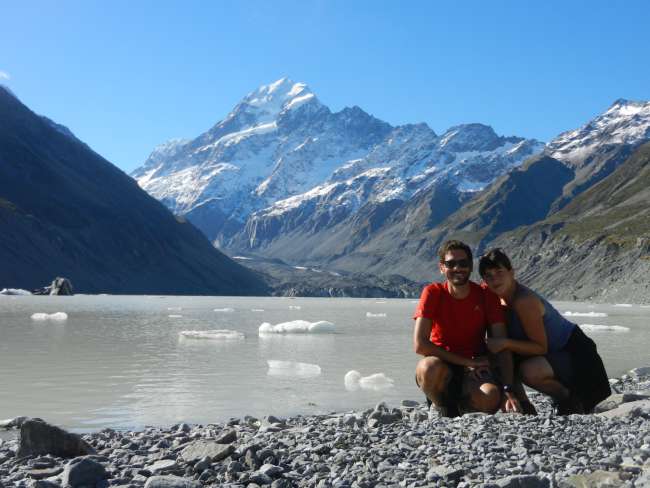
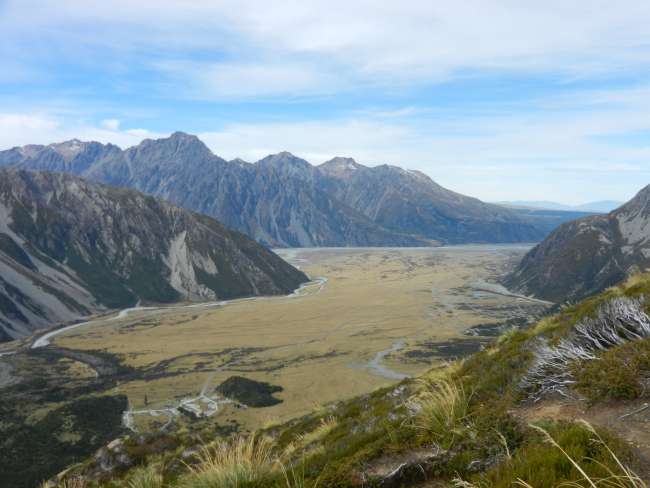

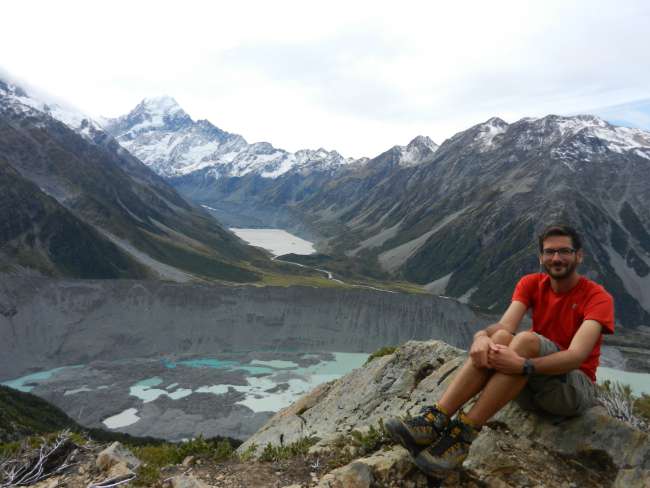


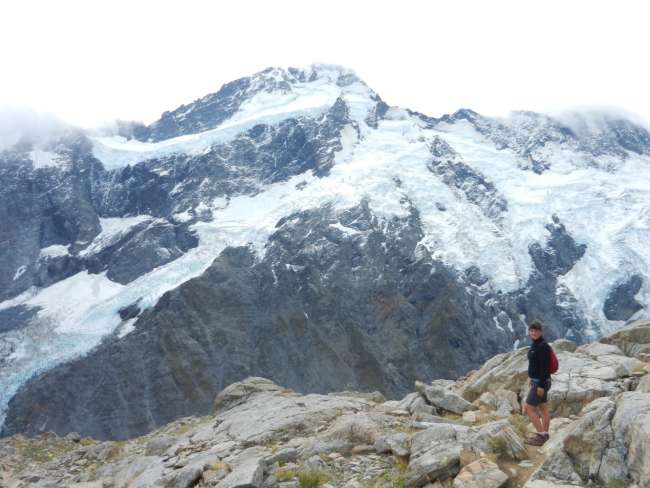
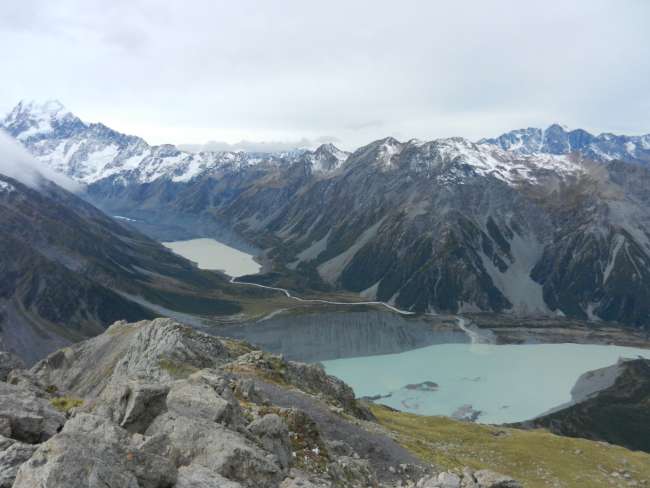
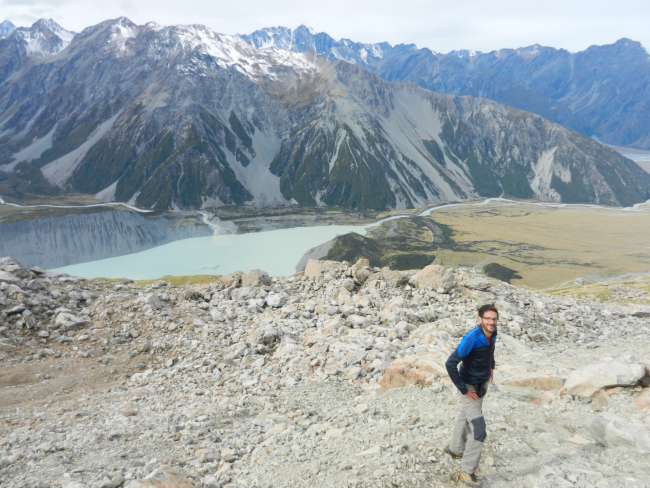
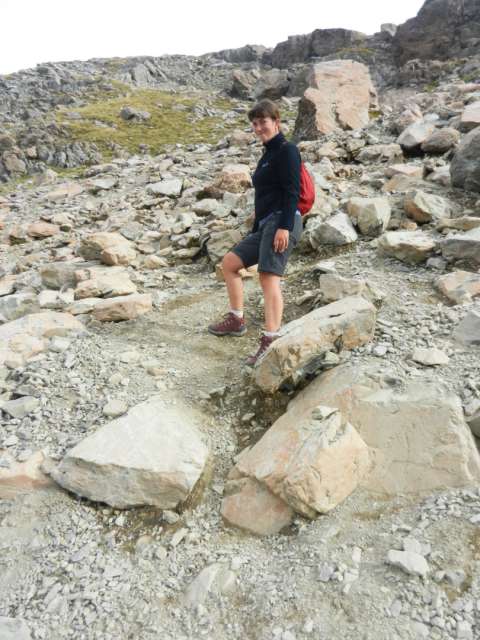
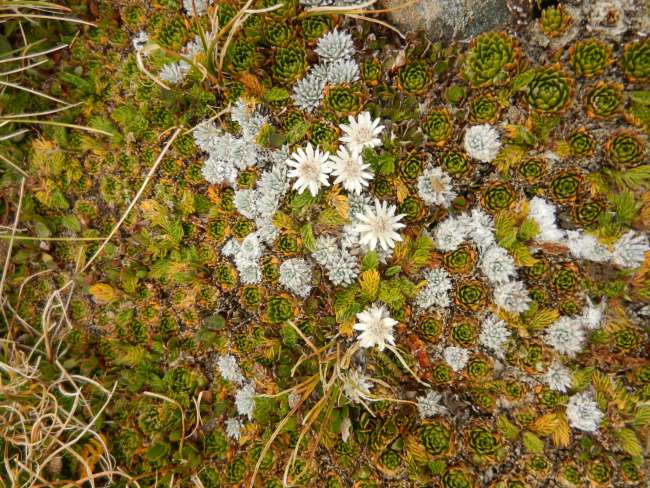
Iscriviti alla Newsletter
Wellington is the capital of New Zealand located in the south of the North Island. It is small but we like it much better than Auckland because it is more colorful and dynamic. There seems to be an active art and theater scene, many alternative shops, markets, and pubs. In addition, a visit to the New Zealand National Museum Te Papa is worthwhile. Here you can learn a lot about the history and nature of New Zealand. What shocked us is the fact that all the grasslands here are not natural but the result of systematic deforestation. Before the arrival of the Maoris, 85% of the land was covered with rainforest and only 5% were grasslands. Even the Maoris removed forests to create gardens for self-sufficiency. After the arrival of the Europeans, only about 25% of the rainforest remains today, and over 50% of the land is used as large-scale farmland and pasture for cows and sheep. Other new animals were also brought to New Zealand, which disrupted the balance and caused many species to go extinct. One interesting animal is the moa, the largest flightless bird that used to inhabit this area. Unfortunately, it was intensively hunted by the Maoris. Shortly after, the New Zealand giant eagle also died out because its food source, the moa, was gone.
From Wellington, a ferry takes us to Picton on the South Island. We continue to Nelson and then to Abel Tasman National Park. Here we had planned to do a coastal trek, but the weather is very bad, so we decide to move on faster than expected. Nevertheless, we get to know the weka bird, there are many kiwi-like birds here. However, they are diurnal and have much shorter beaks. On the way to Abel Tasman, we pass by the Pupu Springs. This is said to be the largest freshwater source in Australia and Oceania and supposedly the clearest in the world. 14,000 liters of water are pushed up from the ground per second! Anyway, it is very beautiful there and you can see the very clear water bubbling up. We would love to swim there or at least taste the water, but it is forbidden because the water is sacred to the Maoris.
Our next destination is Punakaiki. Here, there are the so-called pancake rocks, which are formed from different layers of limestone. The Tasman Sea is powerful here and shapes beautiful sculptures out of the rocks. Through holes in the rocks, the wild masses of water are pushed upward and look like little geysers. Since we like it here and the weather is good, we decide to stay and take a nice walk along the Punakaiki River the next day.
Then we head further south to the Franz Josef and Fox glaciers. Both glacier tongues can be seen well from the valley as they reach very far down. We would like to see more of one of these magnificent 30 km2 glaciers and decide to hike to Mount Fox. This is a challenge for us as we have to climb 1200 meters on a very steep path and then go back down again. It is estimated to take a total of about 8 hours, which we don't quite need, but we are exhausted afterwards 😩 😀 It was definitely worth it though, as the view of the New Zealand Alps with numerous glaciers on one side and the Tasman Sea with all its glacier rivers on the other side was magnificent on this sunny day! By the way, the mentioned glaciers move quite fast, the Franz Josef manages 1-5 meters per day and the Fox 0.5 meters per week. This is due to their special location so close to the Tasman Sea, which brings a lot of precipitation, providing the glaciers with a lot of replenishment from above while melting and flowing back into the sea.
Our next destination is Mount Cook, or also known as Aoraki. We make a stopover in Wanaka and can't believe our luck because the sun is still shining! There are beautiful lakes in and around Wanaka that invite you to linger. We really like it here, but we decide to continue after one day because of the weather forecast, as we want to see Mount Cook without rain and clouds! And we succeed! The sun accompanies us for 2 more days!
On the first day, we admire New Zealand's highest mountain from below, the Hooker Glacier, which calves into the Hooker Lake. The lake is full of small ice fragments. The next day, we embark on another challenge and hike to the Mueller Hut, which is located at an altitude of about 1800 meters. From there, the view is spectacular in all directions! Many glaciers and impressive mountains. Several times a day, you can hear and see the huge pieces of ice and snow moving.
After the North Island didn't impress us that much, we really like it down here in the South Island 😊 The only thing that should be abolished are those darn sandflies! Small flies that bite and leave itching memories for weeks. They are abundant here and can really drive you crazy! They are also present on the North Island, but much less.
We also made acquaintance with a kea, an alpine, intelligent, and very curious parrot that mistook my hiking shoe for food and dragged it out of the tent 😉
That was a rough summary of the past 2 weeks 😊 We're heading down to the fjords next and then to the east of the island!
The capital of New Zealand, Wellington, is a small city with 200,000 inhabitants located at the southern end of the North Island. For three days, we were able to enjoy its streets and its atmosphere, especially on Cuba Street, which is full of bars and restaurants, small shops, markets, and many young people. It is also worth visiting the New Zealand Museum or Te Papa, as it is not only free but also explains many things about the nature and history of the country, both Maori and Anglo-Saxon. What is most striking is discovering that the meadows that flood the country are not the result of a natural process. Since the arrival of the Maoris in 1200 AD, the country has been deforested systematically, not to mention since the arrival of the Europeans. When there were no humans on the island, the forest covered 85% of the territory and the meadows only occupied 5%. Today, only 25% of the original jungle remains and the meadows occupy 51% of the surface area to feed cows and sheep practically. With the arrival of humans, incredible animals like the moa, the largest flightless bird that ever existed, and a giant eagle that hunted them, became extinct.
We arrived in Picton by ferry and from there to Nelson and Abel Tasman National Park. Initially, we had planned to do some hiking routes here, but the bad weather prevented us from doing so. At least we saw the Weka, a bird similar to the kiwi but much more common and with a shorter beak. On the way to the park, we passed by the Pupu Springs, precious and sacred water sources for the Maoris. They are the largest water springs in Oceania and are said to be the clearest in the world (who knows). The water comes from underground channels and produces about 14,000 liters per second.
Our next destination is Punakaiki, where we see some rocks called Pancakes because they seem to be formed by different layers of limestone. The Tasman Sea crashes violently against them, eroding them and creating beautiful sculptures. Furthermore, when the tide is high, the sea water is forced out through certain holes in the rocks, creating a geyser-like effect. The next day, we take the opportunity to take a small hike through the forest along the river next to the town.
We continue south to the Franz Josef and Fox glaciers. These glaciers are known for the speed at which they move, 1-5 meters per day and half a meter per week, respectively. After seeing the tongue of both glaciers, which is what everyone does, we decide to climb Mount Fox to see the glaciers from above. It is a challenge for us as it takes about 8 hours of walking and we have to climb about 1200 meters on a very rough path. But we did it! And the reward was a spectacular view of the entire Fox Glacier and the various peaks that make up the mountain system. We also saw Keas, the only alpine parrot!
After this little adventure, we head to Mount Cook, the highest in the country. On the way, we visit Wanaka and from Mount Iron, we have beautiful views of the lake with the same name.
The views of Mount Cook are breathtaking as we approach on the road at the height of Lake Pukaki, but it gets even better when we arrive there. On the first day, we head to the slopes of Mount Cook to see the Hooker Glacier, which ends in a lake and you can observe pieces of ice that have broken off from the glacier.
The next day, after the successful climb of Mount Fox, we are encouraged to climb to the Mueller Hut, a cabin on a mountain at an altitude of about 1800 meters. From here, you can see the glacier and the valley from above, as well as the mountains surrounding Mount Cook from up close, which also have glaciers. You can hear how they move and how snow falls several times a day.
The South Island is really captivating us with its mountains and lakes, although it also has some negative aspects like the amount of sandflies that are here, tiny flies that bite and cause quite a bit of pain and itchiness ☺.
Iscriviti alla Newsletter
Risposta (2)
olvido
Fotos espectaculares!!!!!!!!! Que bonitasDavid
Si, de momento los glaciares y el monte cook ha sido lo que mas nos ha gustado de nueva zelanda. Hemos pasado unos dias muy bonitos por alli ☺
Rapporti di viaggio Nuova Zelanda
